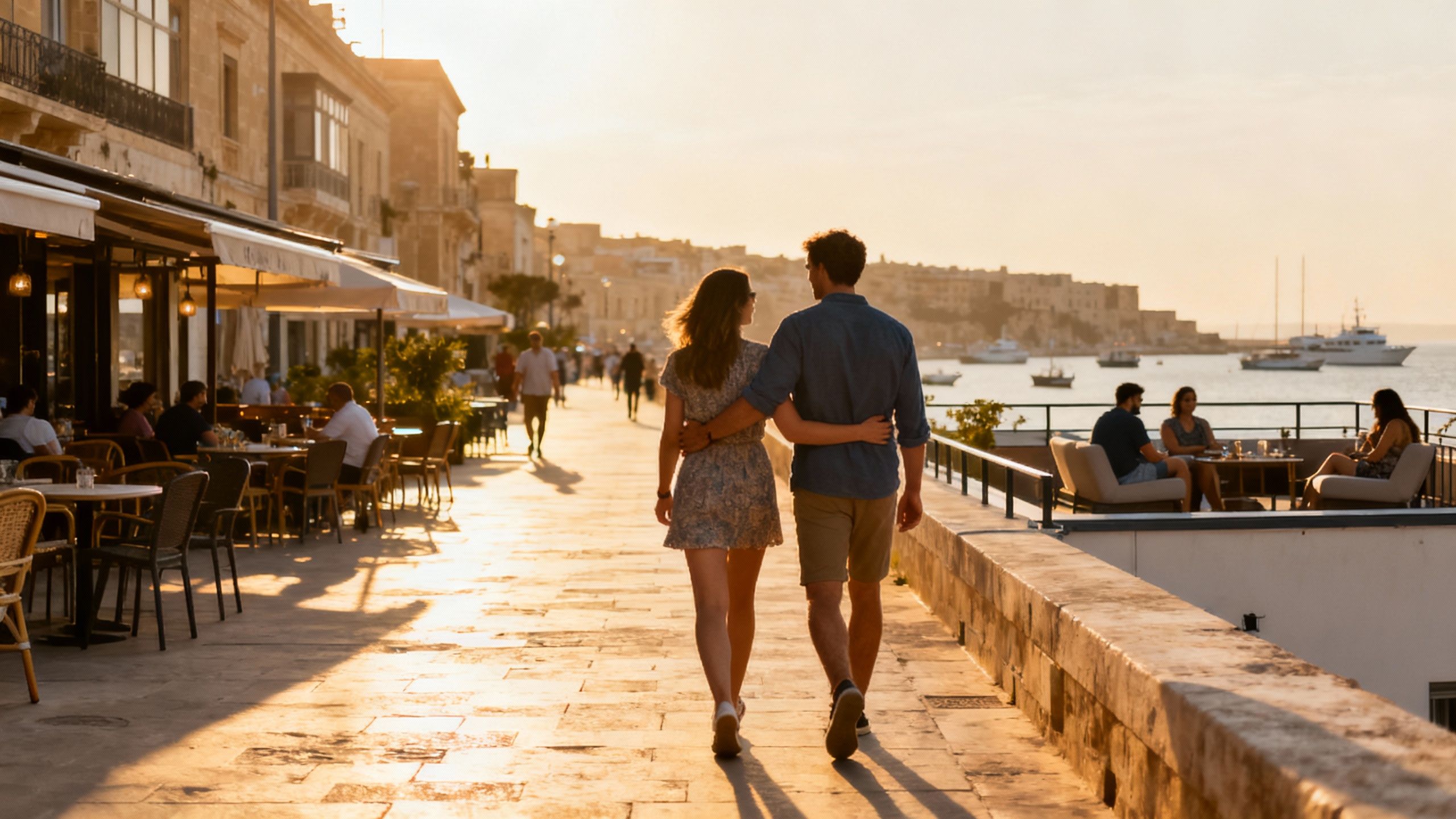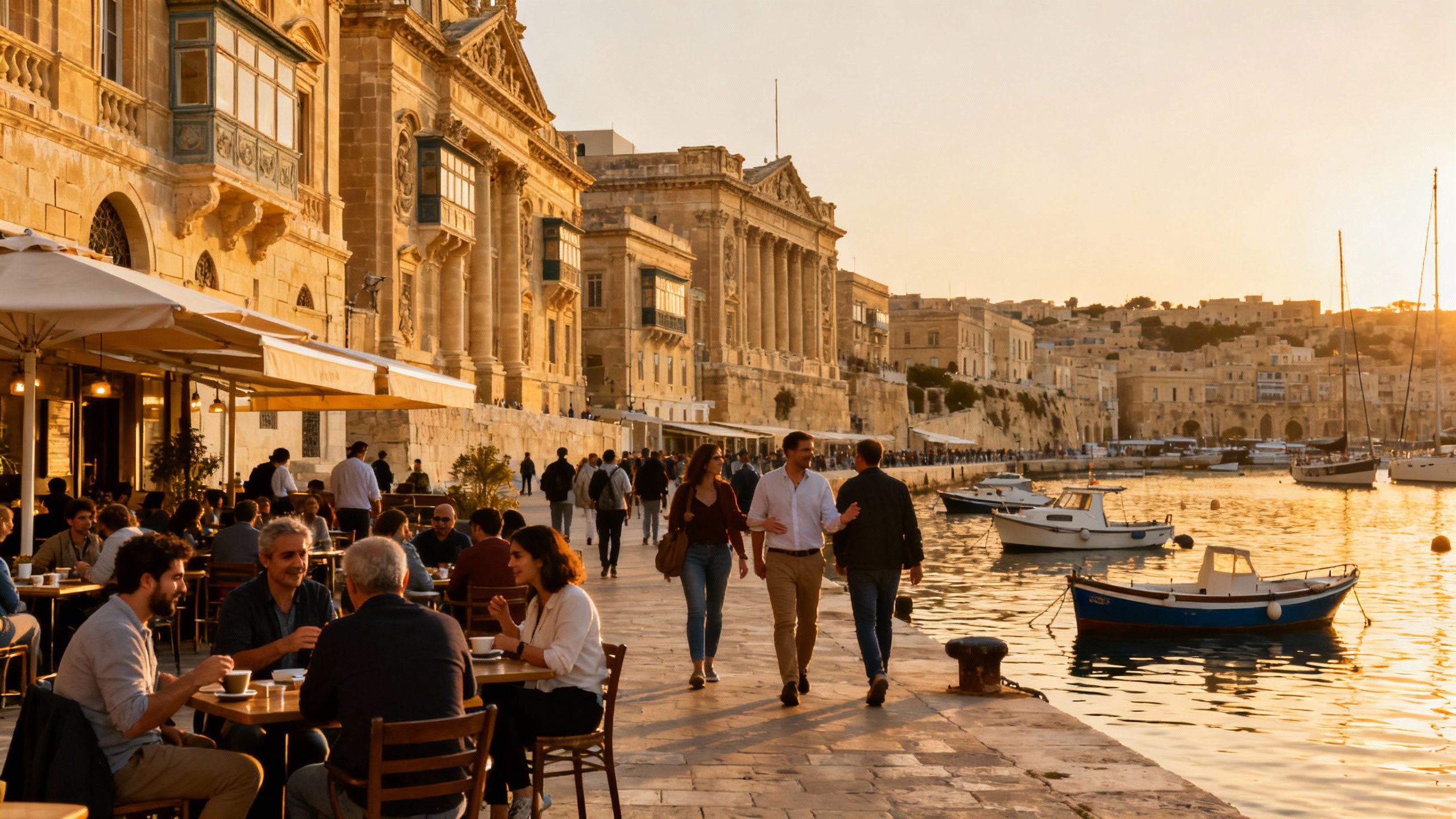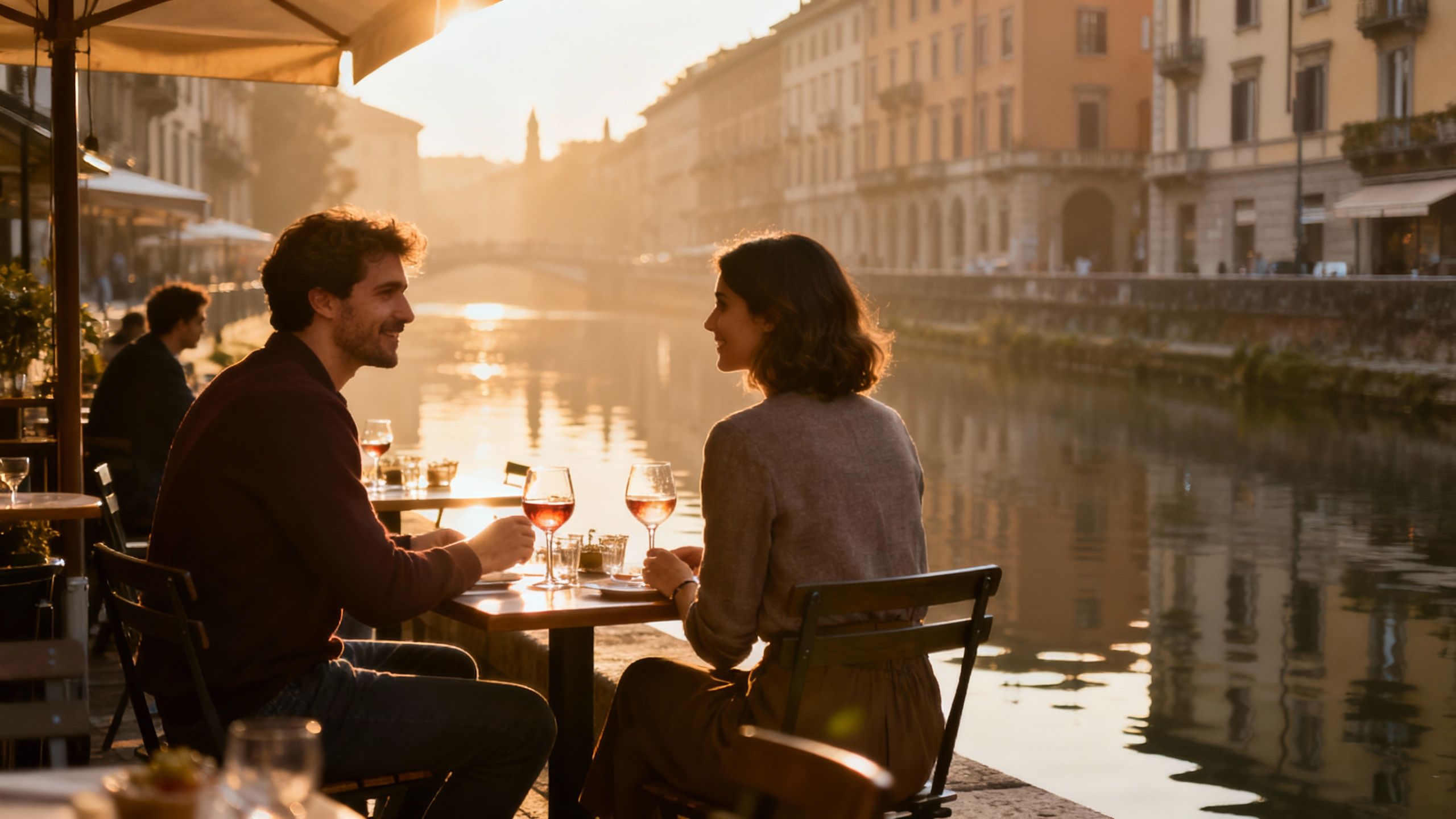Where France’s Recovery Opens Lifestyle Opportunities
France’s market has stabilised and returned to growth in early 2025; pair that data with local, lived-in research to find value and an authentic lifestyle.
Imagine a late-spring morning on Rue Cler in Paris or a market day at Cours Mirabeau in Aix‑en‑Provence: boulangeries warm the air, an easy cadence of conversation passes between neighbours, and historic façades hold centuries of small, daily rituals. For many international buyers the romance is decisive; for the prudent it must sit beside data. According to recent market analysis, France's property market has shifted from six quarters of decline into cautious growth — a reality that changes where and how you look for value.
Living the France lifestyle

The day-to-day in France is quietly textured: mornings begin at cafés where espresso is measured against a newspaper, afternoons drift to shaded squares and neighborhood markets, and evenings close with measured meals that privilege seasonality. Each region has its tempo — Parisian arrondissements hum with curated commerce and late culture, Provence moves with market rhythms and olive harvests, while Brittany’s coasts answer to tides and fishing ports. That rhythm informs not only how you will live but the kind of property that will suit you — an apartment with tall windows in Lyon, a pierre-stone farmhouse in Dordogne, or a contemporary villa on the Côte d’Azur.
Neighbourhoods and their personalities
Paris: consider the Marais for provenance and narrow, cobbled streets; the 7th arrondissement for classical façades and proximity to state institutions; and the Canal Saint‑Martin quarter for a younger, creative pulse. Provence: Aix’s Vieil Aix rewards those who prize classical architecture and daily markets; Luberon villages offer restored stone houses and a hilltop silence that feels generational. Coastal: Nice’s old town trades Mediterranean light for compact living, while smaller Riviera communes like Villefranche-sur-Mer give you harbourside life with fewer crowds.
Food, markets and the social calendar
Life in France orbits food: market stalls on Saturdays, neighbourhood boulangeries that know your order, and seasonal fêtes such as grape harvests or oyster festivals that reshape village life for a weekend. Local favourites matter — Le Marché des Enfants Rouges in Paris, the fish market at Cap d’Agde, or the truffle markets of Périgord — because they also map to property desirability; proximity to a weekly market often keeps resale demand steady. For buyers, these cultural anchors translate to everyday convenience and an enduring quality of life.
- Market-day and lifestyle highlights: - Morning espresso on Rue Montorgueil (Paris) - Saturday market at Place Richelme (Aix‑en‑Provence) - Sunset walks on Promenade des Anglais (Nice) - Oyster stalls at Cancale (Brittany) - Back‑street bistros on Rue Péniche (Lyon) - Lavender fields and village fairs in the Luberon
Making the move: practical considerations

The romance has to meet reality. Recent government and industry statistics show a market that stabilised in late 2024 and began modest growth in early 2025, with second‑hand prices rising quarter‑on‑quarter after a prolonged adjustment. What this means for international buyers is twofold: there are renewed pockets of opportunity where prices have softened and demand is returning; and heterogeneity matters — some cities and sub‑markets are already moving upwards while others lag.
Property styles and how they shape daily life
Choice of property is a choice of routine. A Haussmann apartment brings high ceilings, tall windows and a life centred on city walks and cafés; a renovated longère in Brittany brings walled gardens, a slower pace and maintenance considerations for older stonework. New-build in metropolitan suburbs offers thermal efficiency and contemporary layouts but less character; country châteaux provide provenance and scale at a stewardship cost. Match style to your intended life: daily market access, maintenance appetite, and seasonal use all influence long-term satisfaction.
Working with local experts who know the life you want
- Steps to blend lifestyle and due diligence: 1. Commission a local valuation and neighbourhood study before making an offer. 2. Ask for seller maintenance records and recent restoration permits for older properties. 3. Visit the neighbourhood at different times: market day, a weekday morning, and a Sunday afternoon. 4. Retain a local notaire and a bilingual agency with proven experience in cross‑border conveyancing. 5. Confirm connectivity (rail, regional airports), healthcare access and seasonal management for off‑season months. 6. Consider long‑term stewardship costs (roof, façades, heating systems) in your budget.
Insider knowledge: what expats wish they'd known
Experienced expats will tell you the same sensible things: language opens doors, neighbourhood ties matter more than marketing copy, and seasonal perception can mislead. In Q1 2025 official indices recorded renewed price growth, but the comeback is uneven; buyers who followed the crowd to headline markets found competition, while those who sought quieter communes or undervalued provincial towns encountered better value and lifestyle gains. The key trade‑off is often between immediacy of services and authenticity of daily life.
Integration, language and social life
Joining French life is an exercise in small courtesies: learn basic French for markets and first conversations, respect local rhythms such as Sunday closures, and attend village fêtes to meet neighbours. Expat communities cluster in predictable places — parts of Aix, Antibes, and Bordeaux have active international circles — but genuine belonging usually follows participation rather than insulation. For families, proximity to a lycée international or bilingual programmes often outweighs short‑term price benefits.
Long-term lifestyle and investment considerations
- Factors that shape enduring value: - Architectural integrity: properties with documented provenance and sympathetic restoration retain desirability. - Local services: a regular market, a pharmacy, and reliable rail links increase day‑to‑day ease. - Seasonal management: if you plan part‑time living, local caretaking and low‑maintenance landscaping matter. - Planning protections: villages with conservation zones can restrict change — preserving charm and limiting supply. - Diversified demand: towns with universities, culture or healthcare employment tend to show resilient price support.
France offers a rare combination: everyday rituals that charm and a legal framework that protects buyers when navigated properly. The present market — stabilising and in pockets of recovery — rewards buyers who couple an emotional attachment to place with disciplined local research. If the life you imagine begins at a neighbourhood market and ends with a long table shared among friends, begin by visiting those streets at different hours, commissioning local data, and engaging an agency that values provenance as highly as price. These steps turn attraction into stewardship.
Next steps: see the neighbourhood, commission a short market brief, and ask an agent to map three comparable properties across different seasons. If you would like a tailored brief on a particular region — Paris arrondissements, Provence villages, or Atlantic coast towns — Villa Curated will arrange local assessments that balance lifestyle, architectural merit and market reality.
Relocating from London to Mallorca in 2014, I guide UK buyers through cross-border investment and tax considerations. I specialise in provenance, design integrity, and long-term value.


